Free Fire vs Other Battle Royale Games: A Comparative Analysis
Free Fire Gameplay Mechanics vs. Other Battle Royale Games
Character System
Free Fire distinguishes itself with a unique character system where each character possesses specific abilities. This system allows players to choose based on play style. For example, DJ Alok provides an aura that increases movement speed and heals, making him popular in squad gameplay. In comparison, PUBG Mobile offers no character abilities, leveling the playing field but potentially limiting strategic diversity.
Weapon Choices and Mechanics
In Free Fire, the weapon roster is inspired by real-world firearms but comes with a more arcade-style shooting mechanic, making it accessible to newcomers. Conversely, Call of Duty: Mobile, with its extensive history as a franchise, offers a wide range of weapon customization options, such as skins and attachments, providing depth for players who love to fine-tune every aspect of their arsenal.
Map Design and Size
Garena Free Fire offers smaller maps which result in shorter match durations, around 10 minutes, catering to players seeking quick gameplay sessions. This contrasts with Fortnite’s expansive maps like Chapter 2 Island, which encourage exploration and longer, strategic matches, typically lasting over 20 minutes.
Game Modes
Free Fire includes unique modes such as Clash Squad (4v4) that provide a change from traditional battle royale gameplay. Apex Legends, on the other hand, offers a permanent ranked mode and limited-time modes, keeping its player base engaged through diverse gameplay experiences.
Visuals and Art Style
Graphics Level and Style
Free Fire is designed for a wide range of devices, sacrificing high-end graphics for accessibility, resulting in simpler, more cartoonish visuals. Fortnite also adopts a cartoonish art style but enhances it with vibrant colors and more detailed textures, powered by the Unreal Engine, thus appealing to a younger audience with its visually stimulating environments.
Device Optimization
Running optimally on low-end smartphones is one of Free Fire’s strengths, expanding its player base significantly in regions with lower access to high-end devices. It contrasts sharply with the graphics-intensive PUBG Mobile, which, while offering superior visuals, provides a less consistent experience on less powerful hardware.
Player Demographics and Popularity
Regional Popularity
Free Fire’s popularity spikes notably in regions like Southeast Asia, Latin America, and India where mobile gaming dominates. PUBG Mobile, while globally successful, sees intense competition from Free Fire in these regions mainly because of device compatibility and in-game events tailored to local cultures.
Esports Presence
Free Fire has a robust esports presence with events like the Free Fire World Series achieving high view counts. However, its prize pools generally trail behind PUBG Mobile’s, which benefits from bigger sponsors and more extensive global reach in the esports sector.
Community Engagement
Garena prioritizes community involvement through in-game collaborations and events with celebrities and brands, drawing interest from various entertainment sectors. Fortnite also excels in this area, hosting live in-game events, concerts, and collaborations, such as those with major artists like Marshmello and Travis Scott, which have become hallmark community engagement strategies.
Monetization Strategies
In-Game Purchases
Free Fire offers an assortment of character skins, pets, and weapon customizations. While these purchases do not significantly enhance gameplay, they drive player motivation for personalization. Fortnite’s monetization, primarily through its Battle Pass system, ensures a flow of content throughout each season, compelling players to engage consistently to unlock exclusive items.
Battle Pass vs. Subscription Models
Fortnite and Free Fire both offer battle passes, but the progression and rewards differ. Free Fire’s Elite Pass focuses on missions and rewards exclusive yet non-essential items, appealing to completionists. Apex Legends offers a subscription model which provides both cosmetics and in-game currencies, catering to players willing to invest regularly.
Community and Player Journeys
Tutorials and Onboarding
Free Fire lacks comprehensive in-game tutorials, which can leave new players learning through trial and error or external resources. Apex Legends offers the “Firing Range” and other practice modes, providing players with the tools to experiment and understand gameplay mechanics in a risk-free environment.
Feedback Mechanisms
Free Fire frequently updates based on player feedback, utilizing social media and community polls to shape development. This is critical as it helps maintain game relevance and player loyalty. PUBG Mobile conducts surveys and feedback sessions for seasonal updates, aligning the game’s direction with player expectations and reflecting a commitment to player involvement in game evolution.
Conclusion
Future Prospects
Looking forward, Free Fire’s trajectory will likely involve maintaining its mobile dominance, especially in emerging markets. Innovations such as unique character abilities are expected to expand, addressing both casual and dedicated players. Alternative titles like Call of Duty: Mobile and Fortnite continue enhancing platform integration and cross-play capabilities to secure their positions within the battle royale hierarchy.
Battle Royale Evolution
The battle royale genre’s future depends on adaptability and innovation, where games like Free Fire must balance accessibility with depth, while PUBG Mobile and Fortnite further their commitments to graphics and broader gaming ecosystems. Collaborative efforts and player-centric updates will dictate growth, as esports and community building solidify each game’s identity within the competitive landscape.
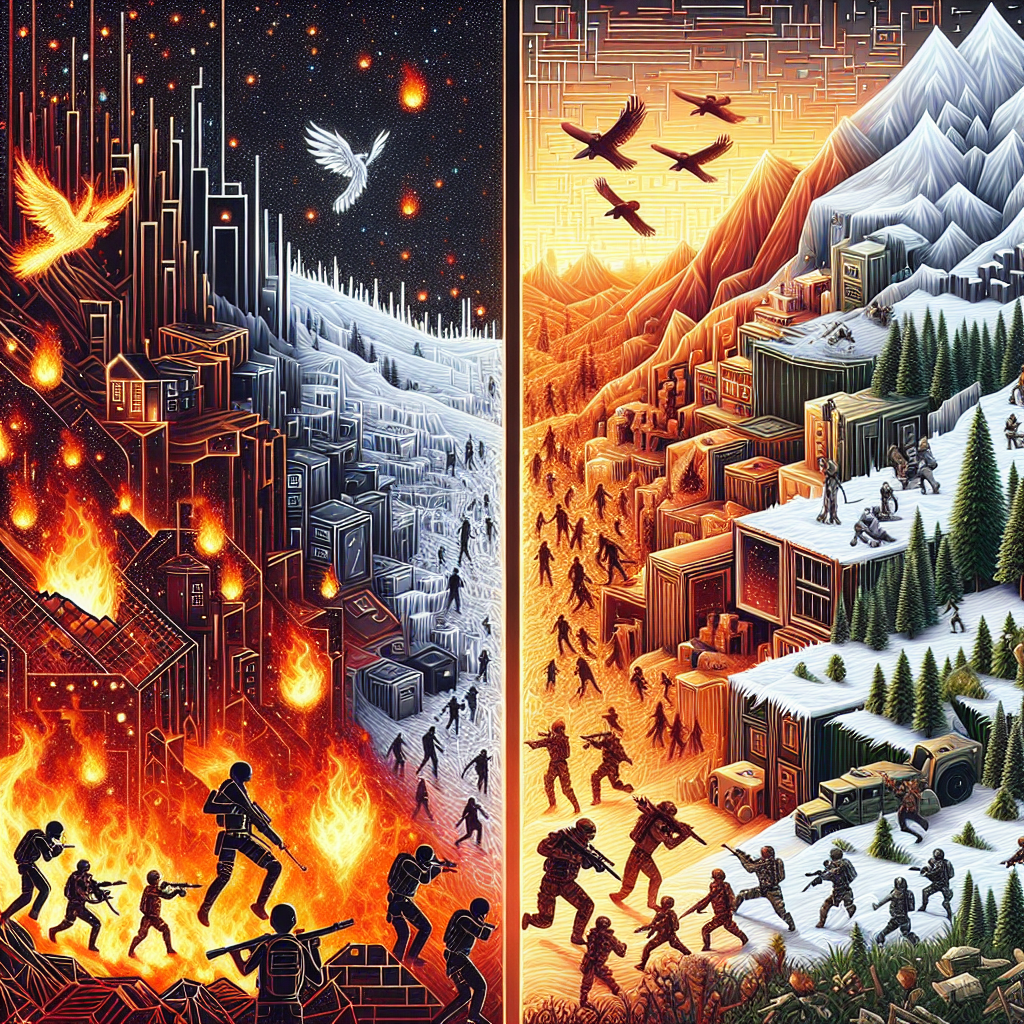
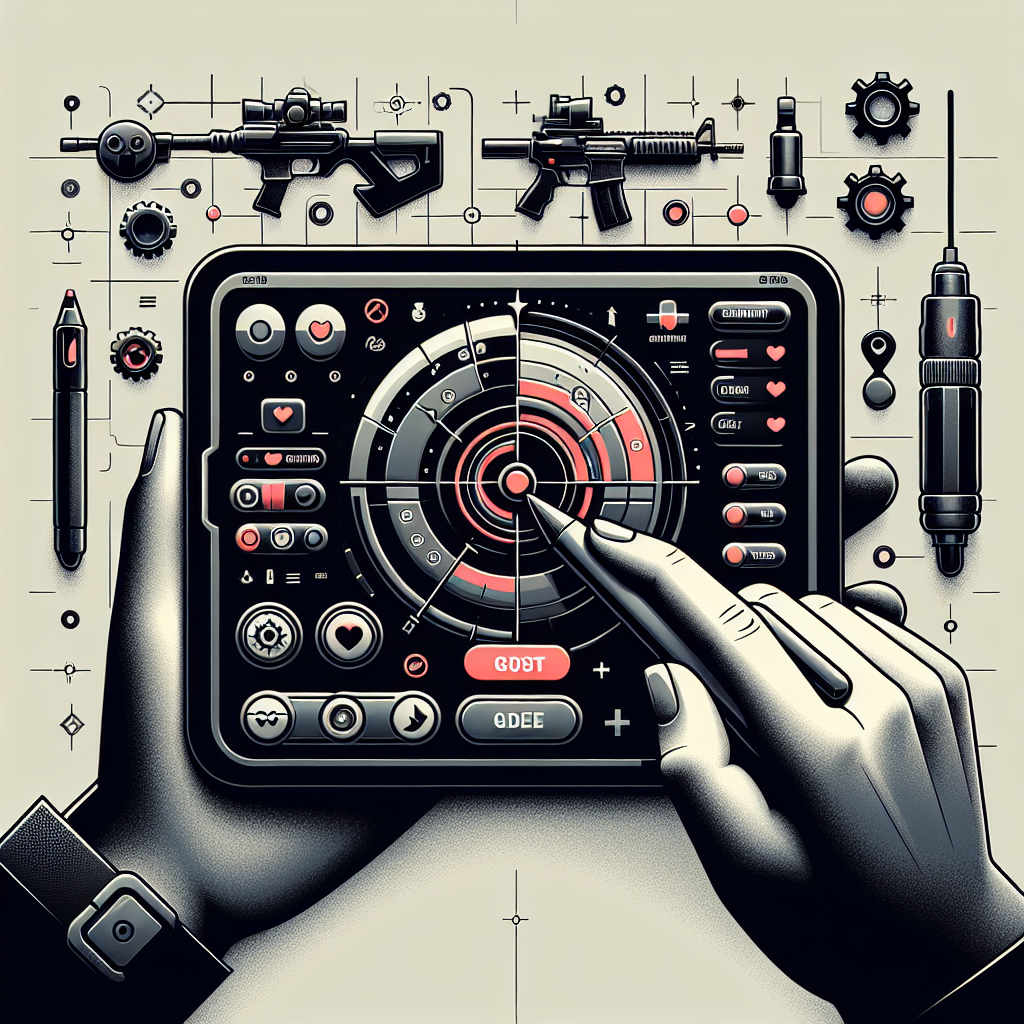
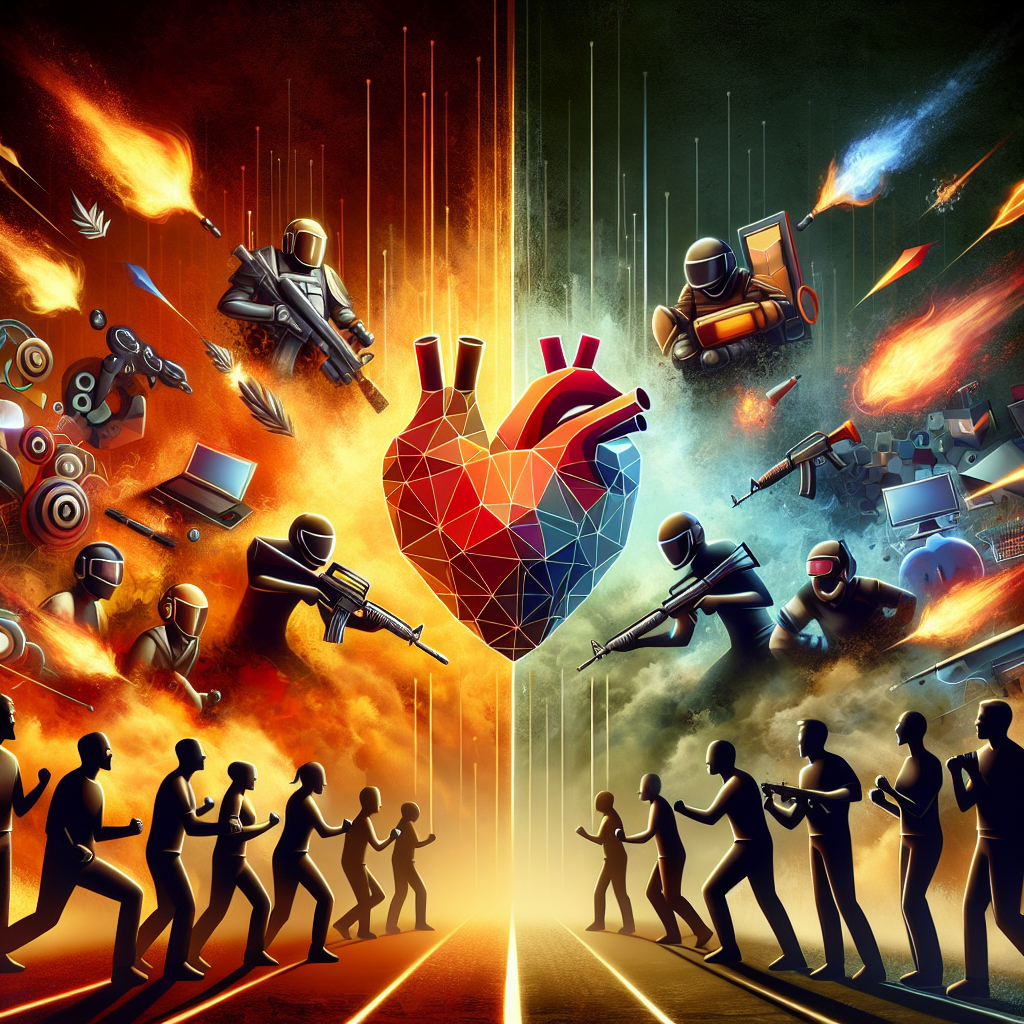
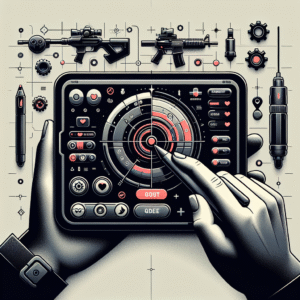
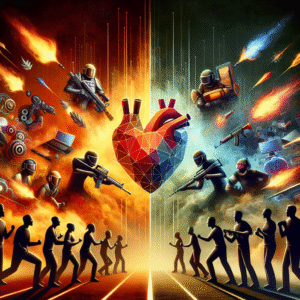

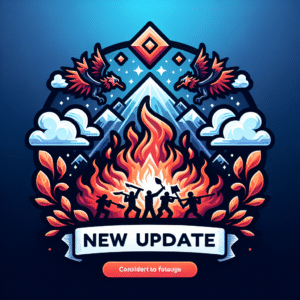
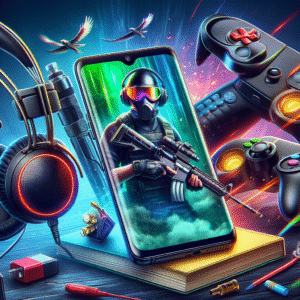
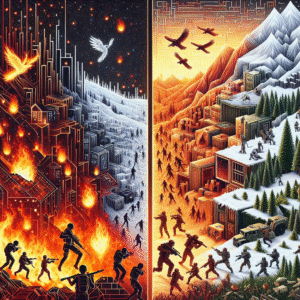
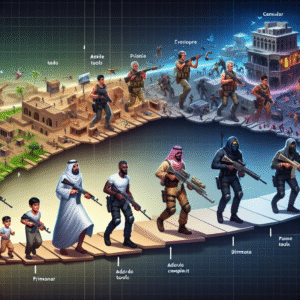
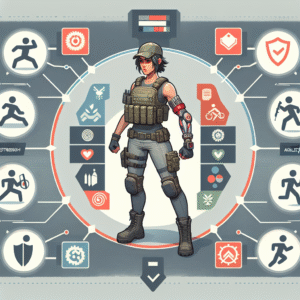
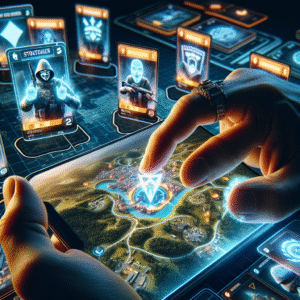
Post Comment